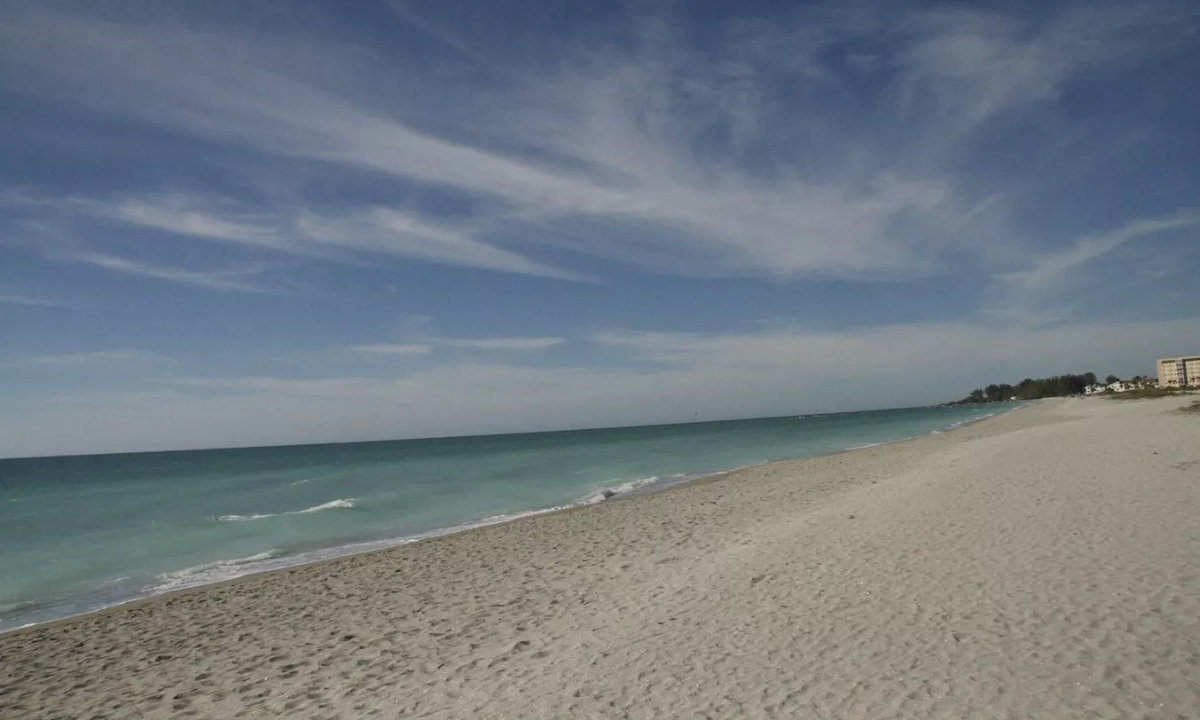SCI-TECH / AIR & SPACE
Astronomers spot planet where sand could form clouds & rain

Photo:Web
An exoplanet that astronomers previously described as "puffy" has a new potential explanation for its unique atmospheric characteristics: it might have clouds made of sand instead of water, and "rain" sand back down on the surface.
The planet WASP-107b is 212 light-years away, a little bit smaller than Jupiter, but far less dense, almost the density of Neptune. It also orbits very close to its host star, completing an orbit in just 5.7 Earth days, and with an atmosphere cooked up to 900 degrees Fahrenheit by the star's heat.
With such unique characteristics, WASP-107b has been described as "puffy" or "cotton candy" since it was discovered in 2017, although at the time, analysis methods were limited to perceiving the planet's uppermost cloud layers. However, a group of scientists have pointed the new James Webb Space Telescope (JWST) at the planet, which is the most powerful telescope humans have ever built, and made some startling discoveries.
Leen Decin, director of the Institute of Astronomy at KU Leuven in Belgium and one of the lead authors of the study, explained that "this is a very fluffy planet. And so the fact that it's so fluffy implies that we can really look very deep inside its atmosphere," because more starlight can pass into and out of its deeper layers.
The scientists said they had anticipated finding lots of gases like methane, which are seen in the gas giants in our solar system, but instead found compounds like sulfur dioxide and silicates - that is, sand.
The sand, which is likely much finer than the kind found on Earth beaches, behaves on WASP-107b in the same way water does on Earth, condensing into clouds that rain sand down into the lower atmosphere, which then rises again to form new clouds.
"We are sure that these sand clouds can form," Decin said.
"The discovery of clouds of sand, water, and sulfur dioxide on this fluffy exoplanet … is a pivotal milestone. It reshapes our understanding of planetary formation and evolution, shedding new light on our own solar system," he added.
According to Dr. Michiel Min, the senior scientist at the SRON Netherlands Institute for Space Research and lead author of the study, "the fact that we see these sand clouds high up in the atmosphere must mean that the sand rain droplets evaporate in deeper, very hot layers and the resulting silicate vapor is efficiently moved back up, where they recondense to form silicate clouds once more. This is very similar to the water vapor and cloud cycle on our own Earth but with droplets made of sand."
Their work was printed in Nature in an article published on Wednesday.
